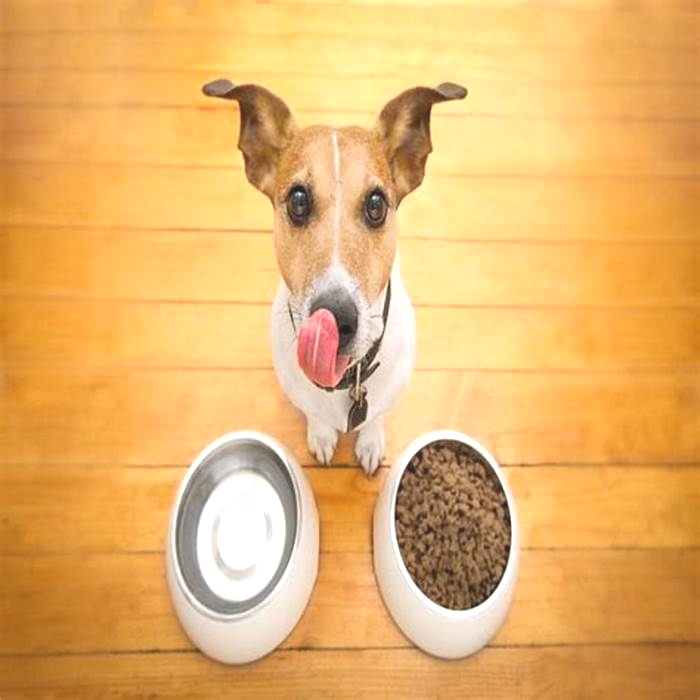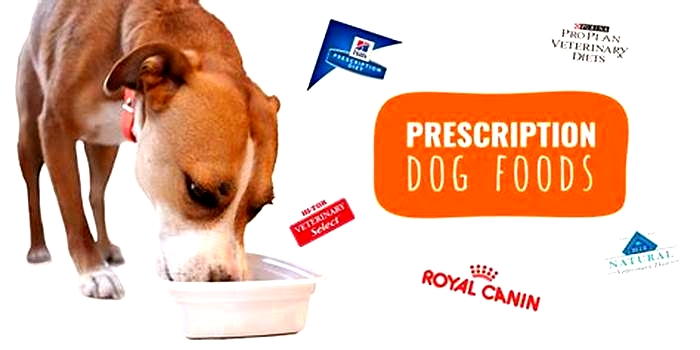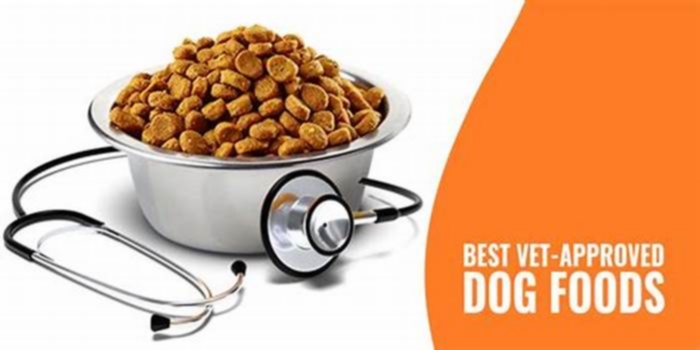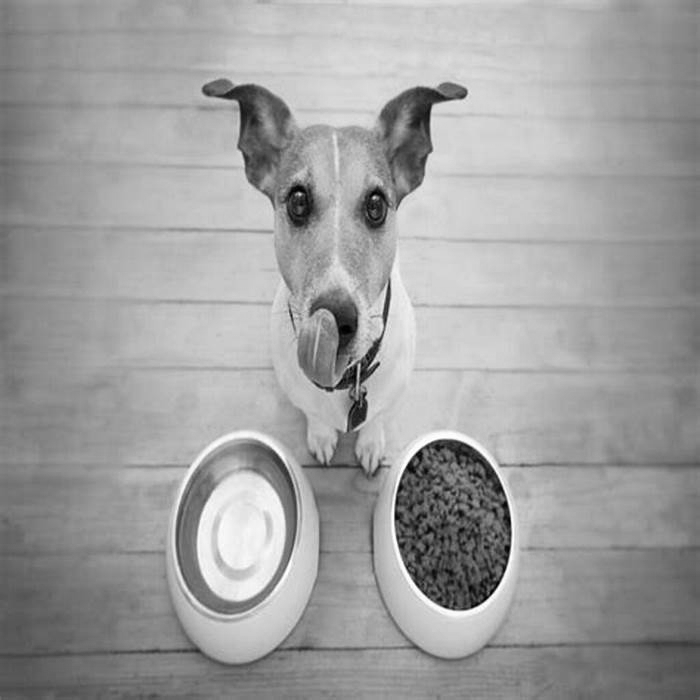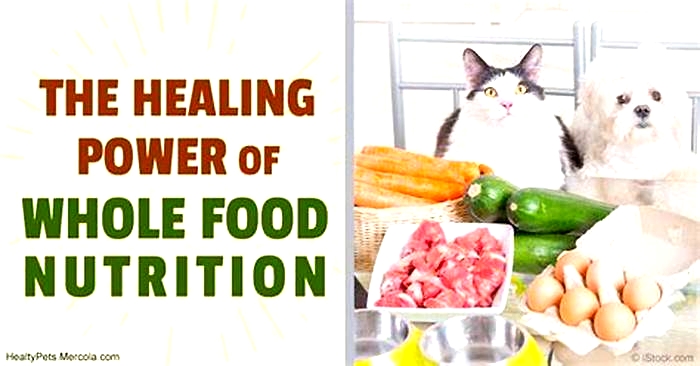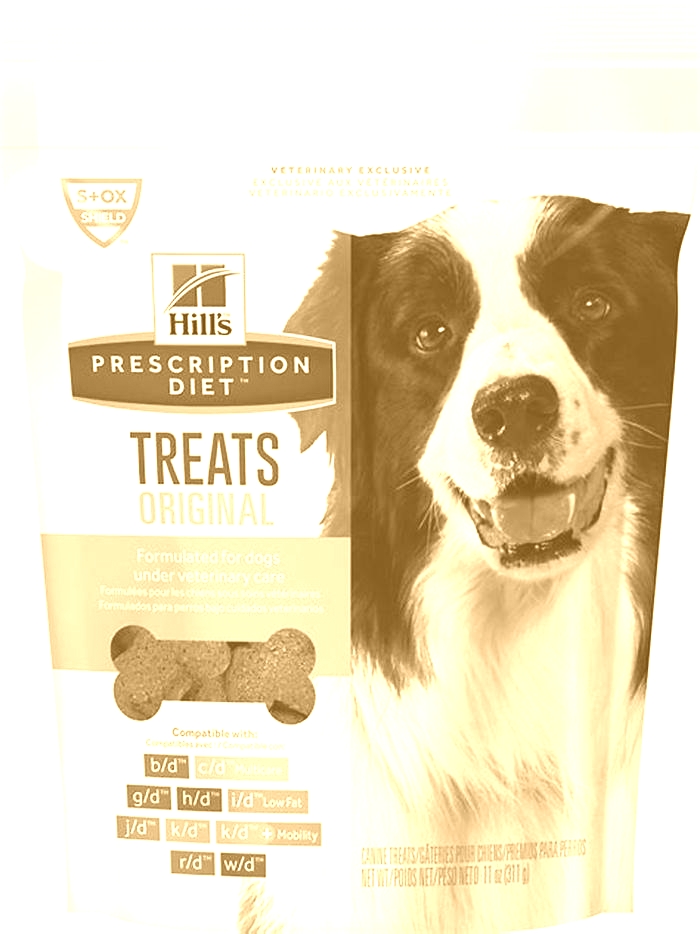A Prescription for Health Navigating Canine Diets with Your Vet

Royal Canin Hydrolyzed Protein vs. Hills Z/D
When your furry friend has dietary sensitivities, finding the right food is more than a necessityits a priority. If youre wading through the myriad of options, you may have come across Royal Canin Hydrolyzed Protein and Hills Prescription Diet z/d. Both are top contenders for managing food sensitivities and allergies in dogs, but which one is best for your pet?
Key Takeaways for Quick Readers:
- Main Ingredient: Royal Canin uses hydrolyzed soy protein, whereas Hills z/d uses hydrolyzed chicken.
- Purpose: Both are designed for dogs with food sensitivities or allergies.
- Availability: Prescription only.
- Packaging Options: Both offer dry and canned food versions.
- Veterinary Recommendation: Consult your vet before switching to a specialized diet.
What Are Hydrolyzed Protein Diets?
Hydrolyzed protein diets are designed for dogs with allergies or intolerances to common food proteins. In these diets, the protein is broken down into smaller pieces, which are less likely to trigger an allergic reaction. This makes them an excellent choice for managing diet-related skin and gastrointestinal issues.
Royal Canin Hydrolyzed Protein
Main Features:
- Protein Source: Hydrolyzed soy protein.
- Designed For: Dogs with severe allergies or intolerances.
- Benefits: Promotes skin health and aids in digestive problems.
- Veterinary Approval: Required.
Product Variants:
- Adult HP Dry Dog Food
- Small Dog HP Dry Food
- Canine Hydrolyzed Protein Wet Dog Food
Hills Prescription Diet z/d
Main Features:
- Protein Source: Hydrolyzed chicken.
- Designed For: Dogs with food allergies and sensitivities.
- Benefits: Highly digestible, improves skin and coat health.
- Veterinary Approval: Required.
Product Variants:
- Original Skin/Food Sensitivities Dry
- Skin/Food Sensitivities Small Bites Dry
- Original Wet Food
Comparing the Two
| Feature | Royal Canin Hydrolyzed Protein | Hills Prescription Diet z/d |
|---|---|---|
| Protein Source | Hydrolyzed soy protein | Hydrolyzed chicken |
| Form | Dry and wet | Dry and wet |
| Specific Use | Severe allergies/intolerances | General allergies/sensitivities |
| Benefits | Aids digestion, promotes skin health | Highly digestible, improves skin and coat |
| Availability | Prescription only | Prescription only |
| Packaging Options | Small and standard kibble, cans | Small bites, standard kibble, cans |
Critical Insights and Tips
Consult Your Veterinarian
Before switching your dogs diet, a thorough discussion with your veterinarian is crucial. They can help determine if a hydrolyzed protein diet is necessary and which brand might suit your dogs specific health needs.
Transition Gradually
When introducing a new food, especially one as specific as a hydrolyzed protein diet, transition your dog slowly to avoid gastrointestinal upset. Mix the new food with the old in increasing amounts over a week.
Monitor Your Dogs Response
Keep an eye on how your dog responds to their new diet. Improvements in skin condition or gastrointestinal symptoms can be a good sign, but any negative reactions should prompt a call to your vet.
Conclusion
Choosing between Royal Canin Hydrolyzed Protein and Hills Prescription Diet z/d depends on your dogs specific health needs and reactions to different protein sources. Both are excellent choices designed to manage food allergies effectively, so your decision should be guided by professional veterinary advice and your pets individual health.
Interview with Dr. Emily Norton, Veterinary Nutrition Specialist
Q: Dr. Norton, could you explain why hydrolyzed protein diets are recommended for dogs with food allergies?
Dr. Norton: Absolutely! When dogs have food allergies, their immune systems mistakenly identify certain protein molecules as threats, leading to adverse reactions. Hydrolyzed protein diets contain proteins that have been broken downchemically sliced into smaller pieces that are typically too small for the immune system to recognize. This significantly reduces the risk of triggering an allergic response, making these diets particularly beneficial for managing and mitigating food allergy symptoms in dogs.
Q: What are the most common signs that a dog might benefit from a hydrolyzed protein diet?
Dr. Norton: Great question! The signs can vary, but typically, you might notice chronic gastrointestinal issues such as diarrhea, vomiting, and excessive flatulence. Skin problems are also a common indicator, like persistent itching, redness, or hair loss that doesnt seem to resolve with typical treatments. If a dog exhibits these symptoms, its a cue that we might need to explore dietary changes, particularly if these symptoms persist despite other interventions.
Q: How do Royal Canin and Hills approach the formulation of their hydrolyzed protein diets differently?
Dr. Norton: Royal Canin and Hills both strive to meet the needs of sensitive pets, but their approach to hydrolyzed proteins differs subtly yet significantly. Royal Canin primarily uses hydrolyzed soy protein, which is an excellent choice for dogs with sensitivities to common meat proteins. Its about both the source and the process. Their hydrolyzation process ensures that the soy proteins are broken down into very small fragments.
Hills, on the other hand, uses hydrolyzed chicken. This can be particularly beneficial for dogs who may be allergic to beef or lamb but can tolerate chicken if its sufficiently processed to remove allergenic properties. Hills focuses on making their diets extremely digestible, which can aid in nutrient absorption and reduce the workload on the gastrointestinal tract.
Q: Is there a difference in how dogs might react to soy versus chicken as a protein source?
Dr. Norton: Definitely. The protein source can influence both the palatability and how well a dog tolerates the diet. Some dogs might find chicken more palatable, which is crucial for maintaining appetite, while others might react better to soy due to specific meat allergies. Its about finding a balance between a dogs individual allergies, their taste preferences, and their overall health. Each dog is unique, so while one might thrive on a soy-based diet, another might do better with chicken, even in its hydrolyzed form.
Q: For pet owners considering these diets, what should they keep in mind about long-term feeding?
Dr. Norton: When it comes to long-term feeding of specialized diets like these, the key is monitoring. Owners should watch for any changes in their dogs symptoms, weight, and overall behavior. Regular check-ups with the vet are crucial to ensure the diet continues to be appropriate for their health needs. Additionally, because these are specialized diets, they are often more expensive than regular dog food, so financial planning for pet care becomes even more important.
Q: Any final advice for dog owners navigating the choice between these two diets?
Dr. Norton: My biggest piece of advice is to work closely with your veterinarian. They can help you navigate the choice based on your dogs specific health profile. Also, be patient. Sometimes, finding the right diet involves some trial and error. And once you find a diet that works, sticking to it consistently is crucial for maintaining your dogs health.
HELP US PUT FOOD ON THE TABLE
Canine Hepatic
Brewers rice,brown rice,corn,soy protein isolate,chicken fat,dried plain beet pulp,natural flavors,vegetable oil,calcium carbonate,potassium chloride,monocalcium phosphate,fish oil,pea fiber,DL-methionine,choline chloride,fructooligosaccharides,marine microalgae oil,vitamins[L-ascorbyl-2-polyphosphate (source of vitamin C),DL-alpha tocopherol acetate (source of vitamin E),biotin,D-calcium pantothenate,vitamin A acetate,riboflavin supplement,niacin supplement,vitamin B12 supplement,pyridoxine hydrochloride (vitamin B6),thiamine mononitrate (vitamin B1),vitamin D3 supplement,folic acid,menadione sodium bisulfite complex],L-lysine,trace minerals[zinc proteinate,ferrous sulfate,manganous oxide,sodium selenite,calcium iodate],taurine,salt,marigold extract (Tagetes erecta L.),L-carnitine,L-threonine,magnesium oxide,rosemary extract,preserved with mixed tocopherols and citric acid.
5 Prescription Cat Foods for Stellar Urinary Health
Hello, cat lovers! If youre navigating the vast ocean of cat food options for urinary health, youve probably realized its quite the jungle out there. Dont worry; were here to light the way with critical insights and tips thatll make your journey a breeze.
Top Prescription Cat Foods for Urinary Bliss
Navigating urinary health issues in cats can be tricky, but the right diet can work wonders. Weve compiled a list of top-notch prescription cat foods, designed to support urinary health and keep those pesky issues at bay. Lets dive into the details:
| Brand & Product | Key Benefits | Flavor | Rating | Approx. Price |
|---|---|---|---|---|
| Hills Prescription Diet c/d Multicare | Reduces risk of urinary stones | Chicken | 4.7 | $70.99 for 8.5 lb |
| Purina Pro Plan UR Urinary ST/OX | Promotes urinary tract health | Chicken & Rice | 4.6 | $39.84 for 243 oz cans |
| Royal Canin Veterinary Diet Urinary SO | Lowers risk of crystal formation | Various | 4.7 | Contact for pricing |
| Hills c/d Multicare + Metabolic | Supports weight and urinary health | Chicken | 4.6 | $64.99 for 6.35 lb |
| Purina Pro Plan Focus Urinary Tract Health | Maintains urinary tract health | Chicken Entree | 4.6 | $39.84 for 243 oz cans |
Why Prescription Cat Food?
Prescription cat food is more than just a fancy label; its a medical marvel in a bowl. These diets are specifically formulated to address health issues like urinary tract diseases, which are common and can be quite serious in our feline friends. From reducing crystal formation to ensuring optimal pH levels, these foods are designed with your cats health at the forefront.
How to Choose?
Choosing the right food involves a bit of detective work. Youll need to consider:
- Veterinary Advice: Always consult your vet first. They know your cats health history and can make the best recommendation.
- Ingredient Quality: Look for foods with high-quality proteins and avoid those with excessive fillers.
- Cats Preference: Yes, your furballs opinion matters! Ensure they like the taste, or its back to square one.
Pro Tips for Transitioning Foods
Switching your cats diet can be as tricky as convincing them that 4 AM is not breakfast time. Here are some pro tips to ease the transition:
- Go Slow: Start by mixing a small amount of the new food with their current food, gradually increasing the new food over a week.
- Stay Consistent: Try to feed them at the same times each day to create a routine.
- Monitor: Keep an eye on their reaction to the new food, both preference and health-wise.
Wrapping Up
Choosing the right prescription diet for your cats urinary health doesnt have to be a daunting task. With the right information and a bit of patience, you can find a food that not only pleases your kittys palate but also supports their health in the long run. Remember, every cat is unique, so what works for one may not work for another. Stay informed, consult your vet, and heres to happy, healthy feline friends!
Q: Can you explain why urinary health is such a critical focus for cat owners?
A: Imagine your cats urinary system is a finely tuned orchestra, each part playing in harmony. But when somethings off, the music turns into a cacophony. Urinary issues can be that disruptive, leading to discomfort, and in severe cases, life-threatening blockages. Since cats are notorious for masking pain, owners need to play detective, and one of the best tools at their disposal is a tailored diet. Its not just about preventing problems; its about fostering an environment where urinary health can thrive.
Q: Theres a lot of talk about pH levels and urine. Why is this important?
A: The pH level of your cats urine is like the balance between acidity and alkalinity in a swimming pool. Too much in one direction, and youll find algae. In your cats case, an imbalance can lead to crystal and stone formation. Prescription diets are formulated to keep the pH in an optimal range, discouraging these unwanted guests and ensuring the urinary tract remains a smooth, unobstructed highway.
Q: How do prescription diets differ from regular cat food when addressing urinary issues?
A: Think of prescription diets as a custom suit versus off-the-rack clothing. These diets are tailored to address specific health issues with precision. They often contain controlled levels of minerals like magnesium, calcium, and phosphorus, which play leading roles in crystal formation. Additionally, theyre designed to encourage water intake, turning your cats urine into a less hospitable environment for crystals. Its this targeted approach that sets them apart and makes them a vital tool in managing urinary health.
Q: With so many options, how can owners choose the right food?
A: Choosing the right food can feel like navigating a maze without a map. The key is collaboration with your veterinarian, who can provide a compass in the form of a diagnosis and nutritional advice. Beyond that, its about understanding your cats individual needs and preferences. Some cats might prefer wet food, which naturally increases water intake, while others might do well on a dry food regimen designed for urinary health. Monitoring your cats response to their new diet, both in terms of health and preference, is crucial. Its a process, but finding the right fit can lead to a significant improvement in quality of life.
Q: Any final advice for cat owners navigating urinary health issues?
A: Navigating these waters requires patience, observation, and a willingness to adapt. Remember, your cats behavior and litter box habits offer invaluable clues. Changes in frequency, effort, or the appearance of urine can all signal the need for a veterinary visit. Beyond diet, ensure your cat has constant access to fresh water and consider multiple water stations or a fountain to encourage drinking. Finally, reduce stress where possible, as it can exacerbate urinary issues. Your home should be a sanctuary for your cat, a place where urinary health issues are managed with care, attention, and a whole lot of love.
HELP US PUT FOOD ON THE TABLE


